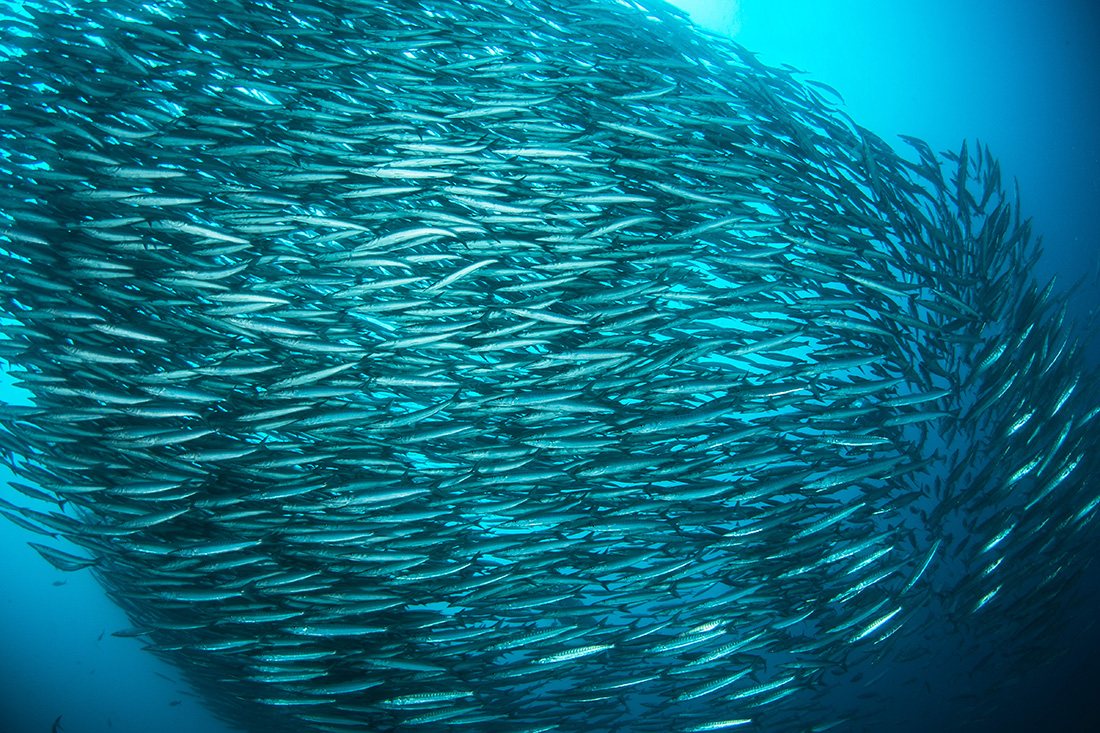Understanding the behavior of biofilm bacteria

In a split second, a flock of birds alters its flying pattern, darting across a different swath of sky. Fish school in the ocean beneath, the silvery glint of their scales reflecting the sunlight all at once. Social insects such as ants march with purpose in sudden unison toward a newfound food source.
This phenomenon is known as stigmergy, when small entities indirectly communicate with one another. The result is self-organization, in which the system appears to spontaneously organize. The surrounding environment has minimal control on this process. Rather, group behavior and shared memory cause these changes to take place in the system itself.
One endodontics professor at Texas A&M College of Dentistry has a hunch that stigmergy might also play a role in oral biology, through bacteria that spontaneously organize to form biofilm, or dental plaque, that when left uncontrolled can lead to root canal infection or gum disease. Dr. Poorya Jalali, clinical assistant professor, shared this hypothesis with peers during the table clinic competition at the 2016 American Association of Endodontists Annual Session, garnering first place.
“In that table clinic we discussed how bacteria, which are very simple-minded organisms, can work and communicate together to create complex systems,” explains Jalali. “This indirect communication, or stigmergy, results in emergence, a process in which a larger existence and pattern come out from smaller parts, and the whole pattern becomes greater than the sum of its entities. An example of this is the emergence of consciousness and memory from a complex system of small neurons. In other words, biofilm is the bacterial consciousness, which makes the colony more efficient in resisting external forces, such as antimicrobial medicaments.”
Jalali, who joined the College of Dentistry faculty in August 2015 and oversees the advanced endondontics course for third-year dental students, began developing this hypothesis with his mentor, Dr. Gunnar Hasselgren, while obtaining his endodontics certificate at Columbia University College of Dental Medicine. He even had a related concept — explaining the unpredictable occurrence of root canal flare-ups with chaos theory — published in Dental Hypotheses that same year.
Further study on the topic of stigmergy could involve growing multibacterial biofilm, and using 3-D optical techniques to analyze bacterial behavior, something Jalali surmises could be likened to bees building a hive. While grant proposals and deeper investigation on the subject aren’t in the works at this time, the concept still merits takeaways.
“This stigmergic theory may not have a clinical application for now,” says Jalali, “but it can help us to understand the behavior of biofilm bacteria, not to target it as a single bacteria but to target the whole community of bacteria and how they behave together.”
Media contact: media@tamu.edu


